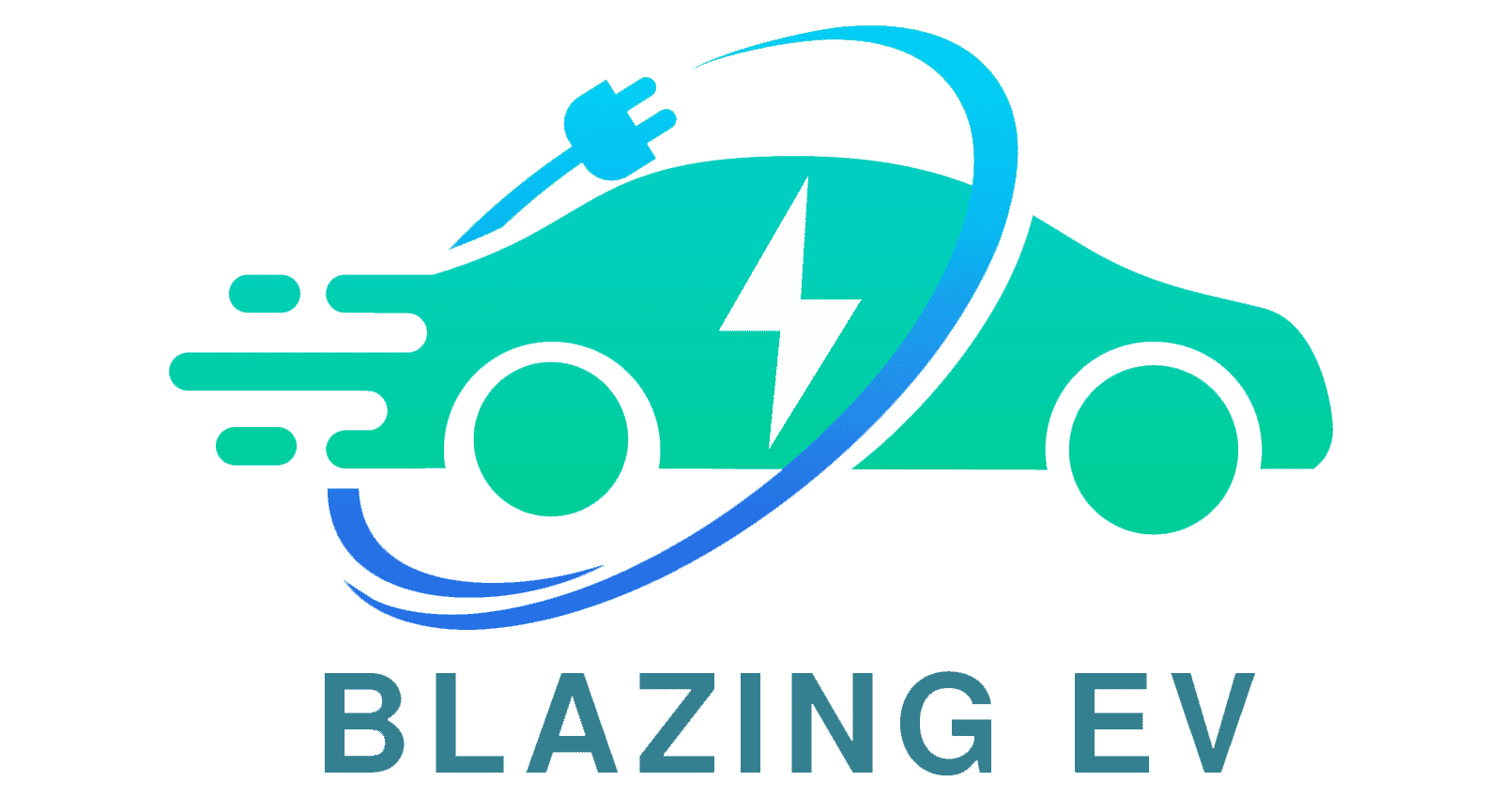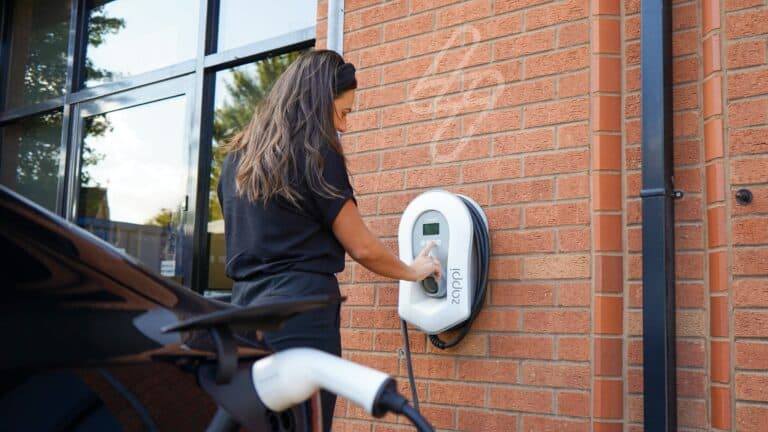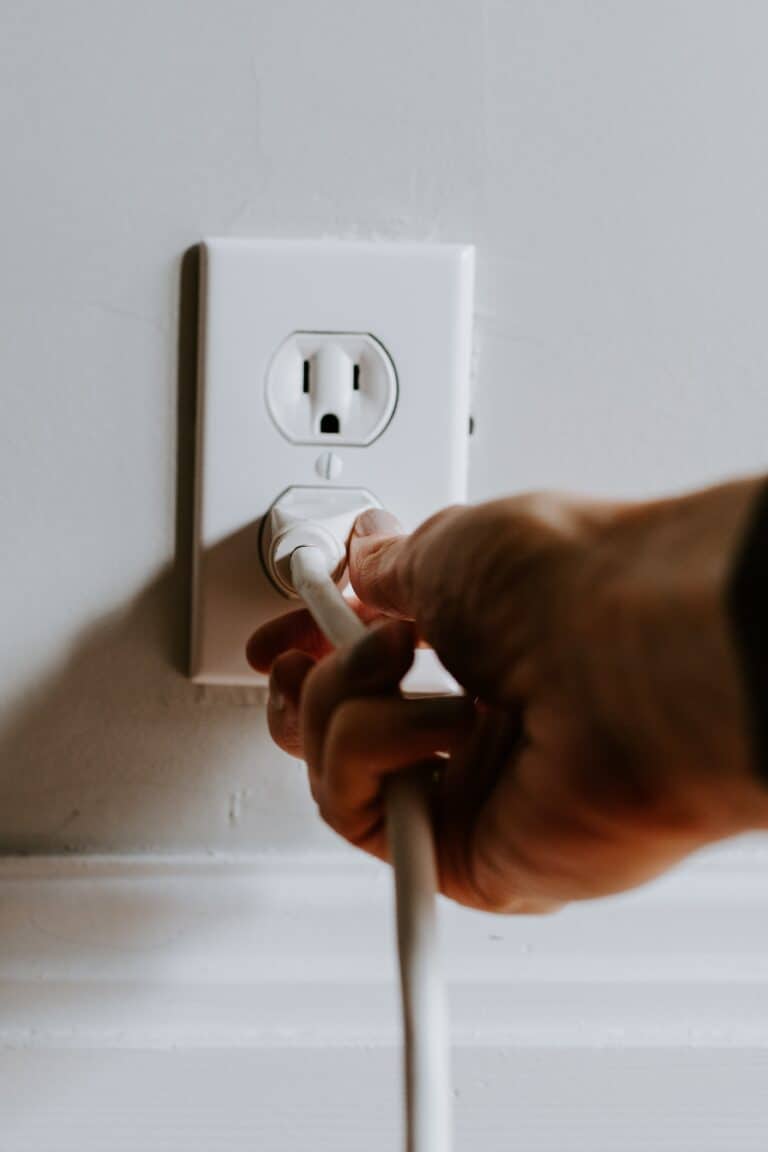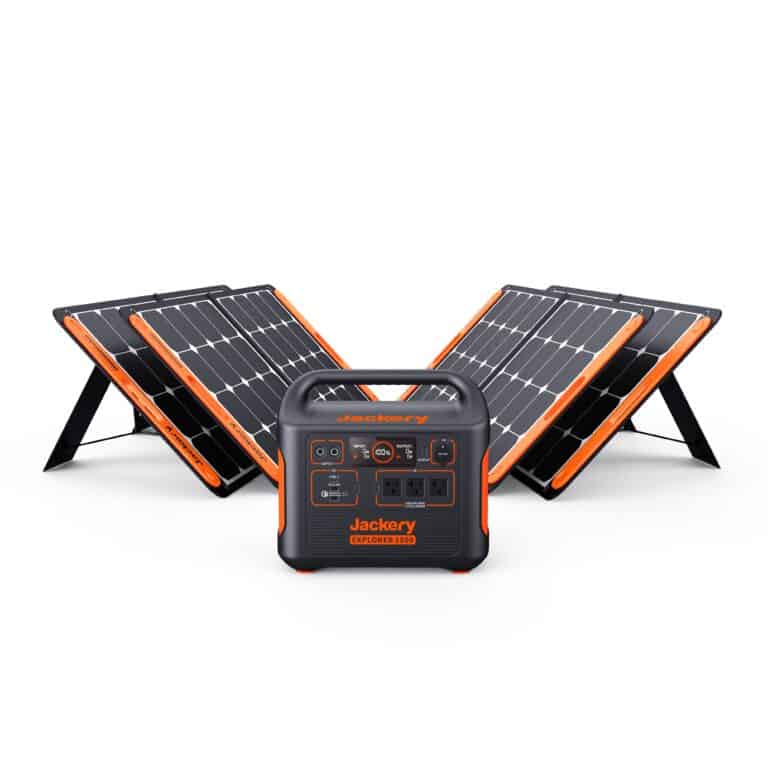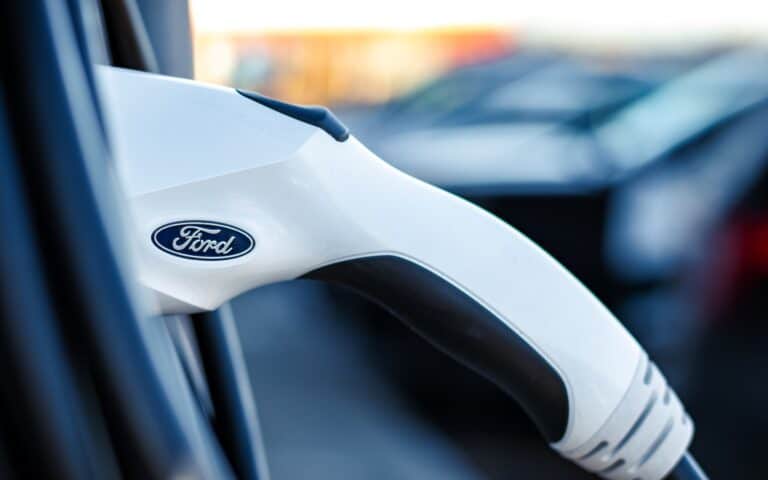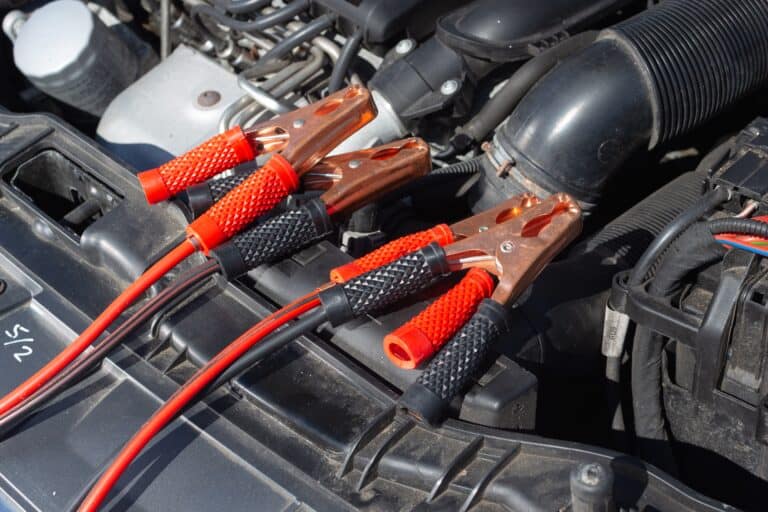How much are EV batteries expected to Improve?

There are several promising new technologies coming to the market. We will discuss 5 new technologies that have the potential to be used in EVs. We will review the potential benefits and disadvantages of these technologies compared with Lithium Ion technology that is currently in use.
Today Lithium Ion is the standard bearer for EV battery tech. The majority of cars on the road in North America today use Lithium Ion. There is significant research being done on improving Lithium Ion as well as completely new technologies such as Solid State, Lithium Sulfur, Sodium-Ion, Aluminum-Ion, Niobium and many more. These technologies bring the promise of cheaper batteries that charge faster and are safer. It’s too soon to know which technology will win but battery technology research is accelerating and the future is exciting.
Key Metrics for EV Battery Measurement
To compare battery technologies we will review several metrics. First we will look at energy density. This is measures in Wh/Kg. This means that if a battery is 150 Wh/Kg then it can store 150 Watt Hours of power in 1Kg of weight. The higher the number the more energy that can be stored in the battery, and the longer the range it can achieve.
Next is cycle life, this is how many times you can fully charge and fully discharge that battery before it is no longer able to hold a charge, or its ability is greatly diminished. For example if a battery has a cycle life of 1000 then you can expect to be able to fully charge the battery 1000 times.
The last metric is called C rate. This is a measure of how fast the battery can charge and discharge. This is a bit of a relative metric but generally a C rate of 1C means that to charge a battery from 0 to 100% takes 1 hour. A 2C rate would charge the battery in 30 minutes, 3C 20 minutes, 4C 15 minutes and so forth. For discharging it works the same way but in reverse.
Today’s Technology
Currently the most widely used battery technology in EV’s is called NMC Lithium Ion. NMC stands for Nickel Manganese Cobalt. These battery packs are made up of cells similar in size to AA batteries. They have an energy density of between 150 Wh/Kg up to 250 Wh/Kg depending on the make up of the battery. They have a cycle life of between 1000 and 2000 cycles and have a charging C rate 0.7 to 1C and discharge C rate between 1 to 2C.
5 up and coming promising battery technologies.
1. Solid State Batteries. Several companies are working on solid state batteries. The biggest name in the space is a company called QuantumScape. Solid State is considered by many to be the whole grail of battery technology; with no liquid or gel inside like traditional batteries they hold the promise of being more reliable, safer and last longer. When QuantumScape first went public in 2020 there was a ton of hype around the company as evidenced by a huge spike in their stock price. Since then the hype has faded but they continue to work on the product. QuantumScape is expecting to be able to start manufacturing a product in 2024. Some detractors are not so sure. Solid State Physicist and Nobel Laureate John B Goodenough has stated it will be 5 years before solid state batteries make it to market and longer before they can be used in EV’s.
In a presentation given by QuantumScape they announced their battery will go from 0 to 80% capacity in just 15 minutes. For range they expect their batteries to have up to 80% more range than current Lithium Ion EV’s. The expected energy density is between 250-300 Wh/Kg. Their biggest problem currently is Cycle life right now they can only get about 800 cycles.
2. Lithium Sulfur is a promising technology for a few reasons. First its very energy dense. First gen is at about 500 Wh/Kg but the company Theion is predicting gen 2 to have 700 Wh/Kg and gen 3 to have a whopping 1kWh/Kg. Secondly Lithium Sulfur is a simpler production process, it does not use Nickel, Cobalt or Manganese making for less use of rare metals. Finally as sulfur is extremely abundant these batteries are cheaper to make than Lithium Ion batteries. However the downside to these batteries is that they degrade very quickly and have a low cycle life. They also are more prone to overheating then Lithium Ion batteries. One company called Conamix expected to have batteries ready for vehicles by 2028.
3. Sodium-Ion batteries are a type of battery that uses Sodium as an alternative to Lithium. Sodium is actually very similar in properties to Lithium and is of course way cheaper. It has the potential to create batteries at a significantly lower cost than Lithium batteries typically between 20% and 40% lower cost. They also have the potential to be safer since Sodium is less reactive than Lithium. Unfortunately Sodium is less energy dense than Lithium, these batteries are typically only 70-160 Wh/Kg. They also have a lower cycle life than Lithium. A company named Faradion is about to start commercial production of Sodium-Ion batteries.
4. Aluminum-Ion batteries swap Lithium for Aluminum. Since Aluminum is one of the most abundant elements on earth. Making batteries with Aluminum could be both cost effective and environment friendly. It is also safer, these batteries do not have an upper ampere limit so spontaneous overheating is minimized. An Australian company called GMG is pioneering this technology. They are planning a pilot EV test phase in 2024. They claim these batteries charge up to 60 times faster than Lithium Ion with a 6C charge rate. They have an energy density similar to Lithium at 160 Wh/Kg and a cycle life of about 3000 cycles.
5. Niobium A group of researchers out of UCLA have developed a technology called Niobium Energy Density and have created a company called Battery Streak. Their batteries are still Lithium Ion batteries but they have swapped out the graphite that makes up the anode with Niobium. This offers 2 big advantages, high cycle life and really fast charging. They claim a 6C charging rate, they can achieve 80% charge in 10 minutes. Also a 3,000 cycle life compared to 1,000 with traditional Lithium Ion batteries. They are looking to bring this technology to the market in 2023 or 2024.
What should I expect in the coming years?
There are many promising battery technologies being developed, I listed 5 above and there are many more. Countless companies are involved in battery technology, both trying to improve existing Lithium Ion tech and develop new promising technologies. For perspective EVs have only been in serious development for about a decade while traditional combustion engine technology has been developed and optimized for over 100 years. Its too early to know which technologies will win but with 30% to 40% of EVs cost being in the battery we can bet battery technology will continue to improve in both performance and reduced cost. These improvements will help to drive adoption and bring us to a cleaner world with more reliable vehicles that require less maintenance than traditional gas vehicles.
Further Reading
- https://www.quantumscape.com/resources/blog/distinguishing-charge-rates-for-next-generation-batteries/#:~:text=What%20is%20a%20C%2Drate,%2D100%25%20in%20one%20hour.
- https://www.quantumscape.com/resources/blog/a-discussion-of-quantumscapes-battery-technology-performance-results/
- https://www.forbes.com/sites/jamesmorris/2022/04/02/sulfur-battery-technology-could-make-electric-cars-go-three-times-further-by-2024/?sh=7cd3ff177eed
- https://cleantechnica.com/2023/01/10/conamix-working-to-get-lithium-sulfur-batteries-on-the-market-in-the-next-5-years/
- https://www.pv-magazine.com/2022/03/26/the-weekend-read-sodium-ion-batteries-go-mainstream/
- https://www.forbes.com/sites/michaeltaylor/2021/05/13/ev-range-breakthrough-as-new-aluminum-ion-battery-charges-60-times-faster-than-lithium-ion/?sh=1344d4216d28
- https://graphenemg.com/graphene-aluminium-ion-battery-performance-data/
- https://dot.la/niobium-battery-streak-2657786737.html
- https://batterystreak.com/tech/
